Top 5 Most Beautiful Historical Sites in Chile
Travelers with a historical bent will discover Chile to be a country rich in fascinating history and breathtaking sights. The landscape is littered with ... read more...strongholds, including the Fuerte Bulnes and the Inca Pukará de Quitor, both built in the nineteenth century. Meanwhile, despite being 3,512 kilometers from mainland Chile, the thousand stone monument's island Rapa Nui continue to pique interest. General Pinochet's shadow lingers big over modern Chile, and the Museum of Memory and Human Rights in Santiago is a great place to learn more about the Chilean dictatorship and its victims. Here are the list of the most beautiful historical sites in Chile that are worth visiting.
-
Cementerio General de Santiago is a large cemetery in Santiago, Chile's capital, that is home to many of the country's most prominent political and social personalities.
Cementerio General de Santiago, founded in 1821 after Chile's independence, is a maze of exquisite tombs and roads that is nearly a city inside a city. It covers 85 hectares and was created as a beautiful environment as well as a useful location. It presently boasts almost 2 million graves and is home to 172 of Chile's most renowned and prominent personalities, including all but two of the country's presidents.
The larger, more expensive mausoleums for the city's wealthiest people are confined to the cemetery's southern end, whilst the urns and modest graves of Santiago's commoners are situated in the plot's northern reaches.
There is a memorial to the victims of the 1863 Church of the Company Fire, which is still considered the deadliest accidental fire in history. A memorial to the victims of the Pinochet dictatorship was built in 1994, and it carries the names of nearly 1.000 'disappeared' people, as well as 3,000 more who were known to have been slain by the regime.
The cemetery is open daily and is free to visit - remember, families still come here to mourn their loved ones, and it's a sacred space. To completely explore the entire site, it takes several hours. Chile's renowned president Salvador Allende, Victor Jara (an activist and singer-songwriter slain by the Pinochet regime), and Socialist Orlando Letelier are among those buried here.
Location: Prof. Zañartu 951, Recoleta, Santiago, Región Metropolitana, Chile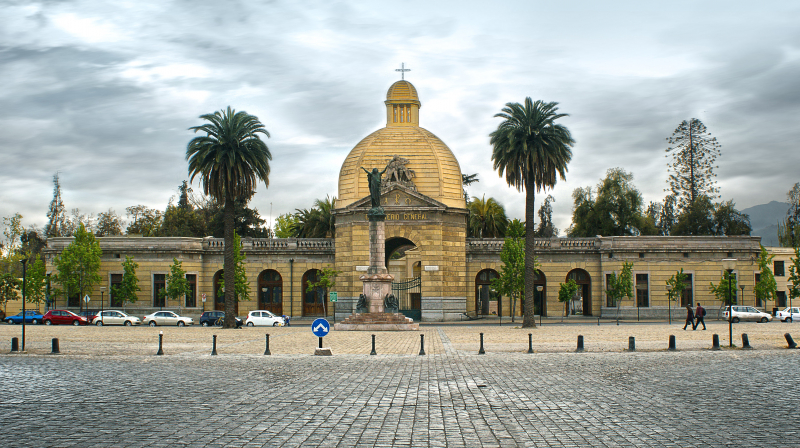
Photo: wikipedia 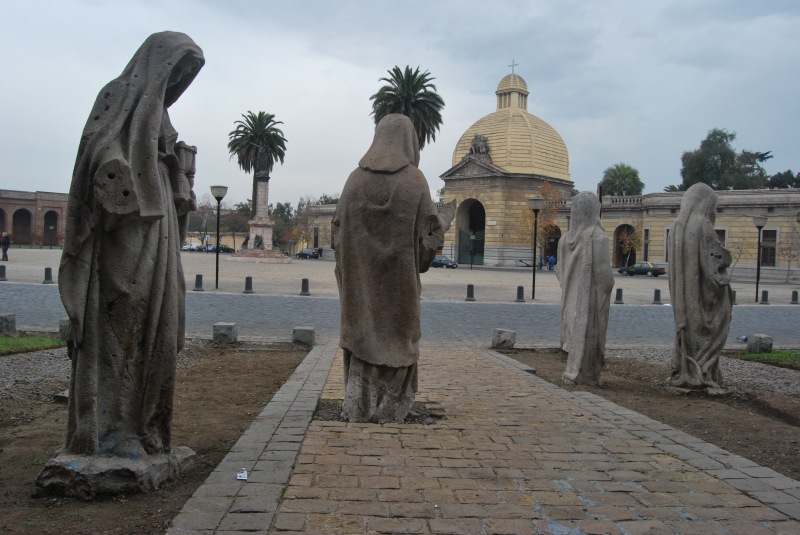
Photo: wikipedia -
Easter Island (Rapa Nui) in Chile is a lonely island with a mysterious past, surrounded by 4,000 kilometers of water. Easter Island, discovered by Dutch explorers in 1722 and called by the fact that the explorers arrived on Easter Sunday, is estimated to have been inhabited since 700 AD, possibly as early as the fourth century AD. This, like the origins of the Easter Islanders, is still a point of contention. The majority of scientists today assume that the original settlers were Polynesians.
Easter Island's nearly 900 head-shaped statues, known as moai, are perhaps its most iconic feature. The moai, often known as the "living faces of our ancestors," are massive stone statues that are said to have been created to defend the islanders around 1000AD. The moai were not standing when they were discovered, but several have since been raised to their full height.The mysterious nature of Easter Island is mostly attributable to the island's massive population decline throughout time. Easter Island had a population of roughly 12,000 people when it was discovered, but by the late 19th century, this had dropped to around 110 individuals due to a mixture of emigration, the entrance of new European diseases, and slave raids on the island. Chile annexed Easter Island in 1888. Today, the population has rebounded greatly, with the population fluctuating between 7000 and 8000 people at any given time.
Evidence implies that, prior to the advent of the explorers, Easter Island experienced civil conflict and possibly cannibalism in the seventeenth century. The moai were pulled down during this period. When the Dutch came, however, the people of Easter Island were reported to be healthy and at peace. It wasn't until later that sickness and natural disasters struck.
Easter Island is now part of the Rapa Nui National Park, which is a UNESCO World Heritage Site. Easter Island is famously distant - it's a dot in the midst of the South Pacific, 3700 kilometers west of Chile – but many people travel there each year to see this enigmatic speck in the ocean. Surely in the list of the most beautiful historical sites in Chile, Easter Island is indispensable. Once there, you can explore a variety of sites, including the moai heads and the quarry at the Rano Raraku volcano.
Location: Isla de Pascua, Chile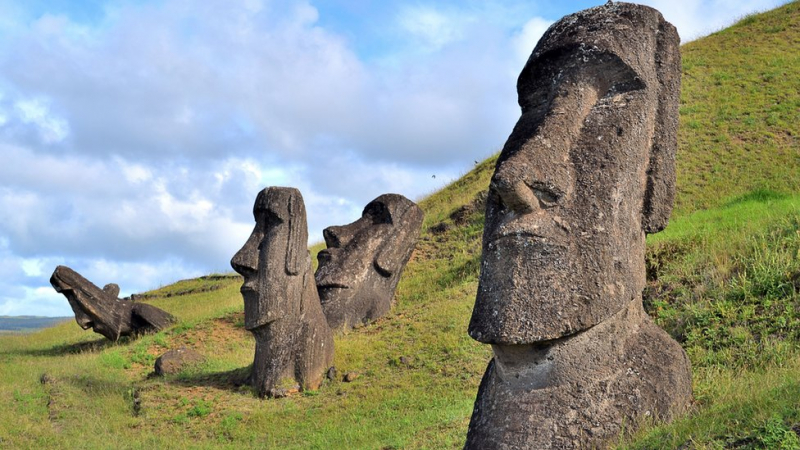
Photo: bbc 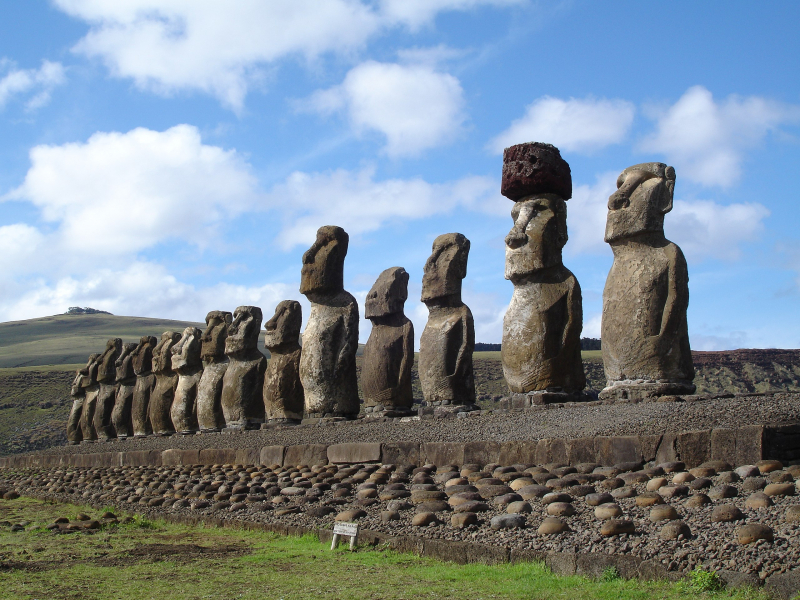
Photo: wikipedia -
Pukará de Quitor is a stone castle in Chile's Atacama Desert that dates back to pre-Columbian times. The ruins, which are adjacent to the desert hamlet of San Pedro de Atacama, are thought to date from the 12th century AD. The Inca dominated the walled city until the 16th century, when the Spanish battled its residents for two decades.
As you approach Quitor, a fort built in the sixteenth century sits atop a hill overlooking the river San Pedro. Pukará de Quitor is an ancient Indian fortification, which dates from more than 700 years.
In 1982, it was designated as a National Monument. It was built before the Incas in the XII century. Built as a fortress with a perimeter defense wall over rocks that create the surface of a hill. The ruins of Pukará de Quitor are situated in a bend of the valley where the San Pedro river, or Ro Grande, runs across an inclined plane of steep mountains.
All of Quitor's structures are made of stone, which is generally edgeless and excavated from the liparita bank on which it sits. The dwellings and their modest associated silos, the defensive enclosures visible in the peripheral and allocated to the same defensive wall, the grain storage enclosures, and the watchtowers cover a total of 160 people and 2,5 hectares.
Location: San Pedro de Atacama, Chile
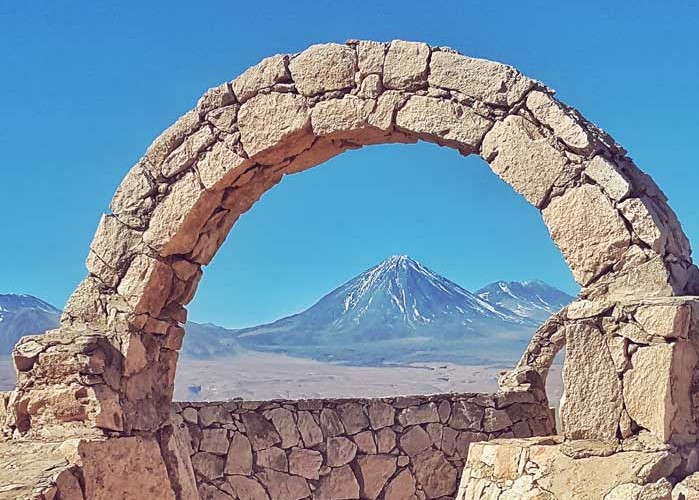
Photo: myturntotravel 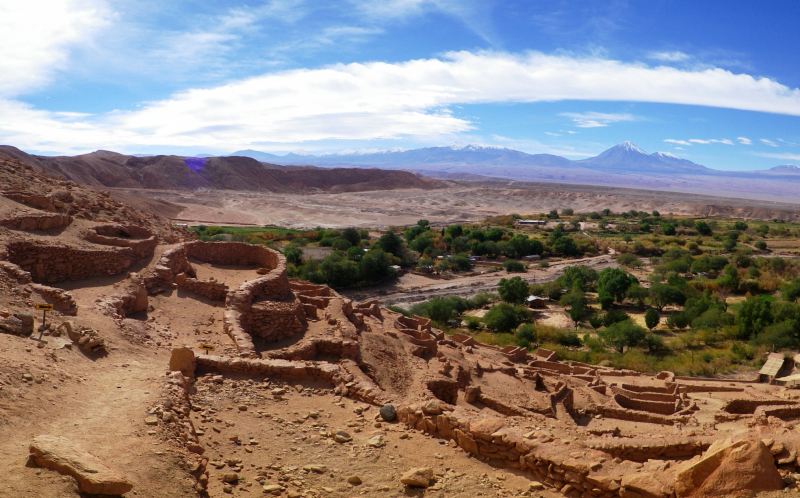
Photo: commons.wikimedia. -
Fuerte Bulnes is a Chilean fort located 62 kilometers south of Punta Arenas, on the Magellan Strait. It was named for President Manuel Bulnes Prieto and was founded in 1843 on a rocky slope in Punta Santa Ana. Today, the fortress is said to be one of the most beautiful historical sites in Chile.
The fort was constructed to support the president's colonization policies in Southern Chile and to protect the Magellan Strait. He oversaw building in order to fend off claims from other countries. Domingo Espieira Riesco, Chiloé's intendant (governor), ordered the construction of a schooner to sail to that region. Bulnes had the ship renamed Goleta Ancud, after the town where it was built, after he commissioned it in the president's name.
On May 22, 1843, it sailed from Ancud under the leadership of Commander John Williams Wilson of the Chilean Navy. On September 21, 1843, he arrived at Punta Santa Ana, about 2 kilometers from Puerto del Hambre. He oversaw the construction of a fort here, which was mostly made of logs, soil, and grass 'bricks.'
The president planned to build a town, but the harsh weather made it impossible to recruit a substantial and steady population. As a result, the government established Punta Arenas in the Sandy Point area in 1848 after six years. Military personnel abandoned and demolished the fort once people had moved there. Lieutenant Cambiazo was in charge of the fire.
The government ordered the fort to be restored as a historic monument between 1941 and 1943. The church, chaplain's apartments, jail, powder magazine, post office, and stables are all included in the model. In 1968, it was designated as a national monument. It is now managed by a private corporation.
Location: Punta Arenas, Magallanes and Chilean Antarctica, Chile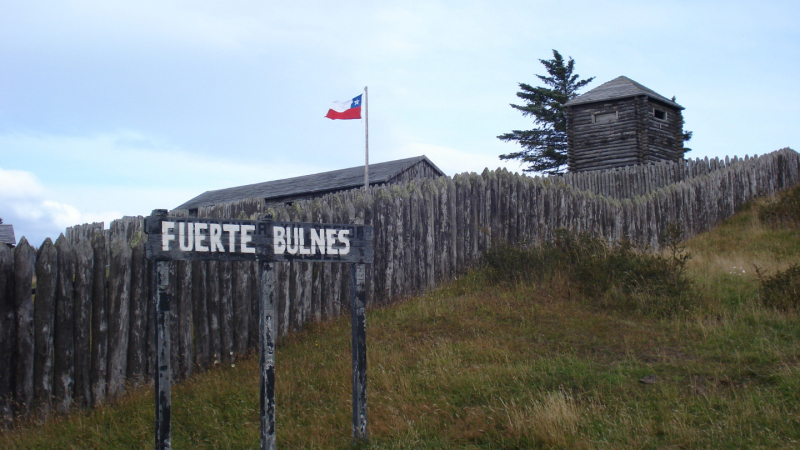
Photo:visitchile 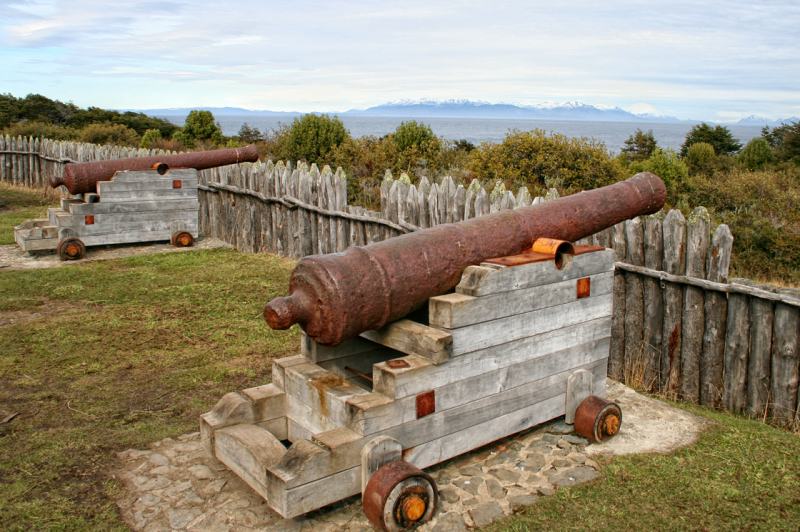
Photo: visitapuntaarenas -
The Museum of Memory and Human Rights is a Chilean museum in Santiago dedicated to honoring victims of human rights crimes committed during Augusto Pinochet's civic-military rule from 1973 to 1990. Former President Michelle Bachelet opened it on January 11, 2010, as part of the government's commemoration of Chile's bicentennial.
The exhibits begin with the military coup of September 11, 1973, when former President Salvador Allende was assassinated and Agosto Pinochet ascended to power, and conclude with current visiting exhibits and archival access. It consists of The museum's three floors feature detention facility film, newspaper clippings from the 1970s and 1980s, and interactive photography and audio displays.The museum has a comprehensive archive and documentation center that is open to the public, in addition to teaching the public through its displays. The Center of Documentation, which is similar to a mini-library and is housed on the museum's lowest level, houses both a physical collection of books and a digital collection of images and videos relating to this dark chapter in Chilean history.
Location: Santiago, Chile
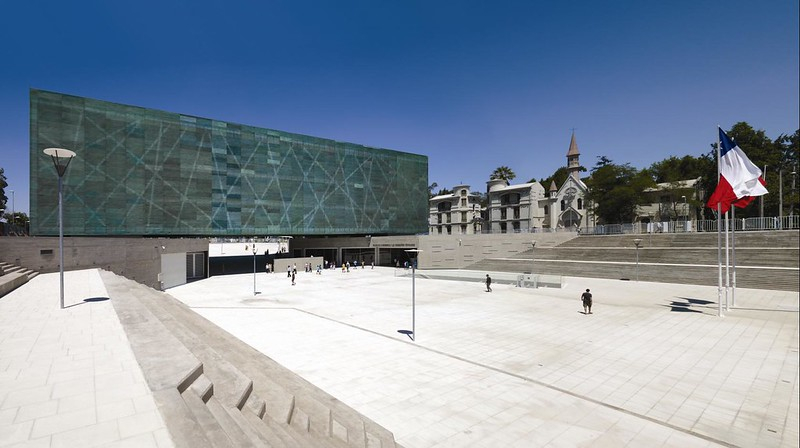
Photo: cipdh.gob.ar 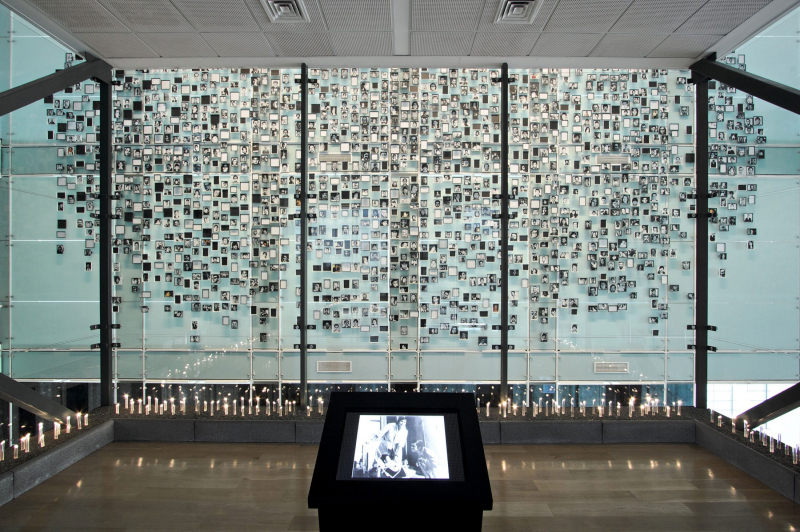
Photo: divisare


























